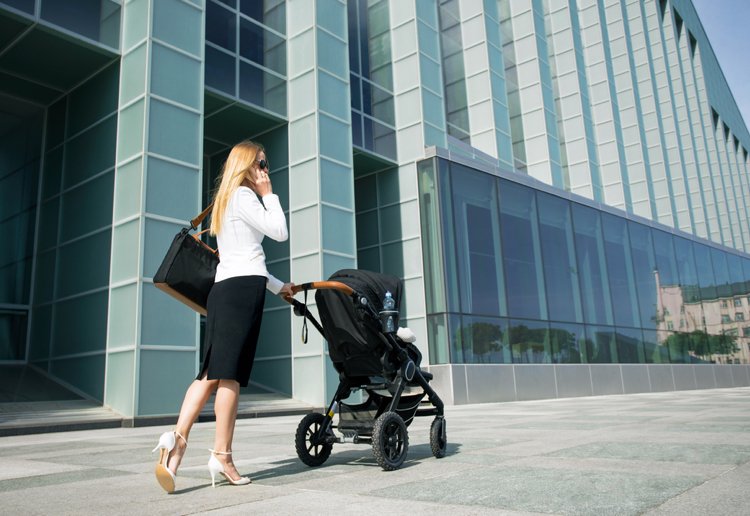To sustain competitiveness and release new springs of growth and revenue, companies are now incorporating concepts such as the Internet of Things (IoT), Artificial Intelligence (AI), and Robotic Process Automation (RPA). These transformations are disrupting the way that work is done and are pushing some companies to center attention on outsourcing and automating non-core functions. Others are discarding permanent real estate assets and building networks of workplaces that comprise company offices, co-working spaces, and staff home offices. In the meantime, organizations that cherish in-house collaboration are crafting their workspaces and offices to convey employees together in a more inspiring environment.
Currently, an estimated 29% of the United States workforce is contingent. The total of these independent contractors, consultants, seasonal workers, and freelancers will increase by 20% in the next five years. This is according to the Intuit 2020 Report.
Some dedicated Web-based services have surfaced to link on-demand talent with companies. There also are a couple of on-demand talent companies who actually hire talent and then “rent” them to other companies at hourly rates.
It is also essential that companies consider the conventional workplace experience for their full-time employees. In several industries, talent is top-rated as Baby Boomers keep retiring at record rates. To attract and retain younger talent has become essential — and the workplace is the vanguard of recruiting and retaining. Fashioning workplaces that motivate workers is an imperative.
Many studies have revealed that younger employees have fresh expectations for their work experiences. They prefer briefer commutes than older co-workers endured and pursue collaboration-friendly, non-conventional workplaces with exciting, amenity-rich ambiances. A research finding reveals that to aid them to cope with work pressures, 47% of workers desire spaces for concentration, 40% need an environment that facilitates energy renewal, and 39% would prefer opportunities that keep them away from their desks.
As telecommuting and mobile working are becoming commonplace, companies realize that they need to present employees a motive to want to stay in the office. Worldwide, 54% of employees often work from sites separate from the office, including Internet cafes, co-working spaces, and public libraries. Employees that are younger than 35 are more probable to work offsite. Nonetheless, certain types of work necessitate on-demand workers to be present in the corporate office, collaborating with other workers and managers.
New kinds of spaces and workplace services can enable new ways of working and provide a totally positive experience. For example, making the reservation of a conference room or workplace easy takes the stress out of a regular workday. Offering workers options in how and where they work professionally empowers them. The companies that are top at combining the right spaces with the right services will be best positioned to deliver a positive working experience.





